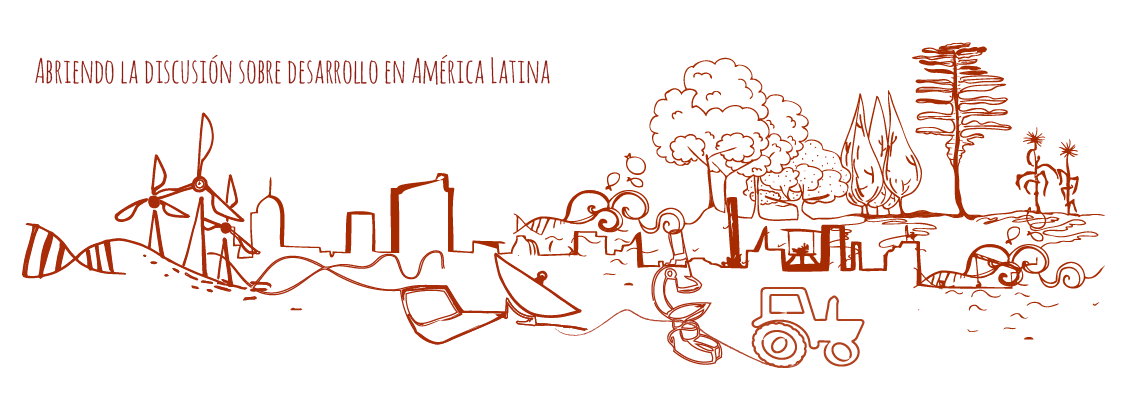By Mariano Fressoli, STEPS America Latina
Between 13 and 15 October the Open and Collaborative Science in Development Network held its first workshop in Nairobi. The objective of the workshop, organized and funded by the Canadian International Development Research Centre, and supported by the University of Toronto and Kenya iHUB, was to kick-start the construction of a research network to promote ‘open science’ for the Global South.
This initiative arises in a context where open science has become a buzzword for large foundations such as the Bill and Melinda Gates Foundation and development institutions internationally. In the midst of so much interest, the inevitable question is whether open science can live up to its promises. In this spirit we went to Kenya to learn about and discuss the issue.
STEPS América Latina was privileged to be amongst 14 other institutions whose proposals had been pre-selected (from over 90 applications) by OCSDnet. Participants came from Argentina, Brazil, Costa Rica, Jamaica, Canada, India, Kenya, South Africa, Lebanon, Kyrgyzstan and Thailand. Co-ordinated by Leslie Chan, from the University of Toronto the workshop also included a set of international advisors including Lidia Brito, Hebe Vessuri, Cameron Neylon, Apiwat Ratanawaraha, Matthew Todd and Kaitlin Thaney, representing the Science Lab of the Mozilla Foundation.
If, before the event, a number of elements – the meeting venue, the novelty of the subject, and the excellent background paper – suggested a rewarding and challenging encounter, it rapidly became clear that the event would exceed our expectations. In part this was because the workshop brought together a truly interdisciplinary group of anthropologists, chemists, biologists, lawyers, geographers, ecologists, engineers, experts in social development, forest conservation and sociologists who all shared an interest in the production of open and collaborative knowledge.
In most cases, the participants also had practical experience of the development and use of participatory tools for the collection, management and dissemination of scientific evidence in relation to social or environmental issues. As such, we discussed projects that sought to expand access to scientific databases on botany, foster public control over the emission of gaseous pollutants in urban areas, study the asymmetries of power in cases of indigenous intellectual property, and support the construction of laboratories of open hardware in order to study water contamination, amongst other examples.
Creating dialogue amongst such a heterogeneous set of disciplines, development issues and geographical situations sometimes proved challenging. Of course, there were several moments “lost in translation” (especially between scientists and the few sociologists who participated in the meeting). And yet, the workshop enabled us to explore a rich variety of definitions and interpretations of what it means to do open science (and open innovation).
We cannot summarize here the different points of view aired within the workshop, and interpretations of the event. But if it is interesting to note that it became clear, during the three days, that the notion of open science is intertwined with the collaborative and iconoclastic spirit of the communities of open software and open hardware (along with the hacker and maker movements), the history of grassroots innovation movements, the experiences of Science Shops in Europe and North America and, closer to Latin America, the tradition of participatory action research. All these movements not only share some history with open science, but they also help to form a central aspect of its definition: the search for the democratization of knowledge.
A second issue highlighted during the discussions in Nairobi is the importance of information technology tools for data collection, visualization and communication for the practice of open science. Incorporating these tools is a challenge and a necessity in order to establish ways to collaborate that are open and accessible to the largest number of participants possible.
In the context of increasing interest and discussion of the potential and uses of open science to address major development challenges – for example in research initiatives for orphan diseases – an analysis of the history, diversity and uses of open science practices is more than welcome. It’s also likely that reflection on the notion of open science and citizen participation in the production of knowledge allows us to shed some light on other current topics of innovation and development, as in the cases of research into innovation for social inclusion, and of the tensions between public research and policies for the private commercialization of knowledge.
Of course, there are still more questions than answers. For example: Is it possible to use methodologies of open science for research on issues that are neglected or rejected by dominant institutions of science and technology? In what ways can citizen participation contribute to the collection and validation of evidence on climate change and/or biodiversity loss? In what ways might mechanisms of participatory design and innovation accelerate the development of technologies for social inclusion?
It is difficult to know even if experimentation with forms of open science will be able to help address the growing problems of access and democratization of knowledge about the challenges of inclusive and sustainable development. The OCSDnet initiative certainly contributes to broaden the discussion, and connect the different visions, methods and tools in different regions of the global South. For now, it has given us an excellent reason to investigate the issue, and try to understand different experiences of open and collaborative knowledge production in Argentina and the region.
- Find our more about STEPS America Latina
- Media coverage of the most recent seminar in the STEPS America Latina’s series: Los nuevos senderos que se abren, Pagina 12
